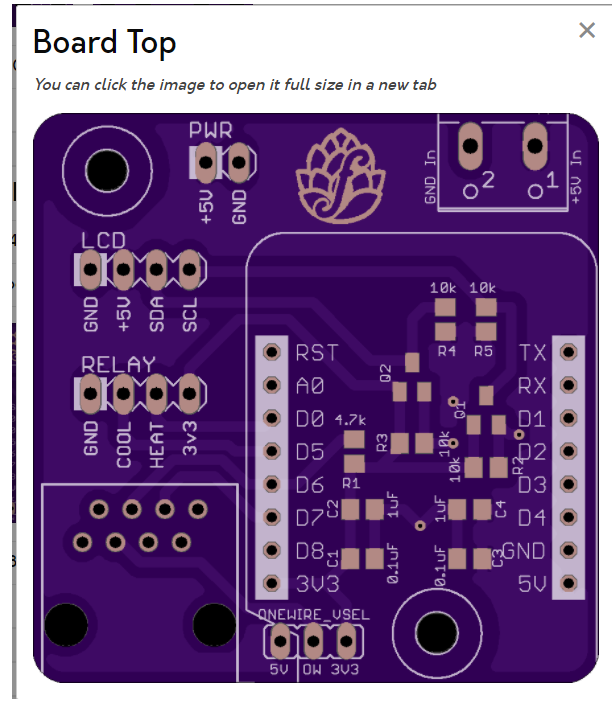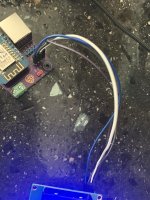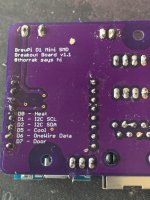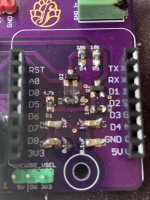I just released my latest project - BrewFlasher Web Edition! Flash BrewPi-ESP8266 (amongst other projects!) to your controller, straight from your web browser.
This project took all the magic of BrewFlasher, and stuck it in a web app. Flash any ESP8266/ESP32 firmware supported by BrewFlasher, straight from your web browser. No downloads needed.
BrewFlasher Web Edition is available at: BrewFlasher Web Edition
The code is open source, and is available at GitHub.
Note - Due to the APIs required, BrewFlasher Web Edition only works in recent desktop versions of Google Chrome, Microsoft Edge, and Opera. If you don't use one of those browsers, try BrewFlasher desktop edition instead.
I just tested the new webversion and it works great!

The option to see the logs&console is also very nice to have.

Maybe just a small remark: the button to start the flash is not overall active, only the upperpart of this button works, you have to make sure that the mouse cursor changes from pointer to a hand before you can click the button.
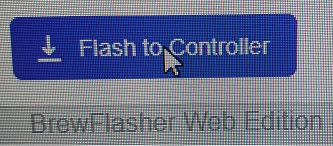

But for me its a Big



























































![Craft A Brew - Safale BE-256 Yeast - Fermentis - Belgian Ale Dry Yeast - For Belgian & Strong Ales - Ingredients for Home Brewing - Beer Making Supplies - [3 Pack]](https://m.media-amazon.com/images/I/51bcKEwQmWL._SL500_.jpg)




